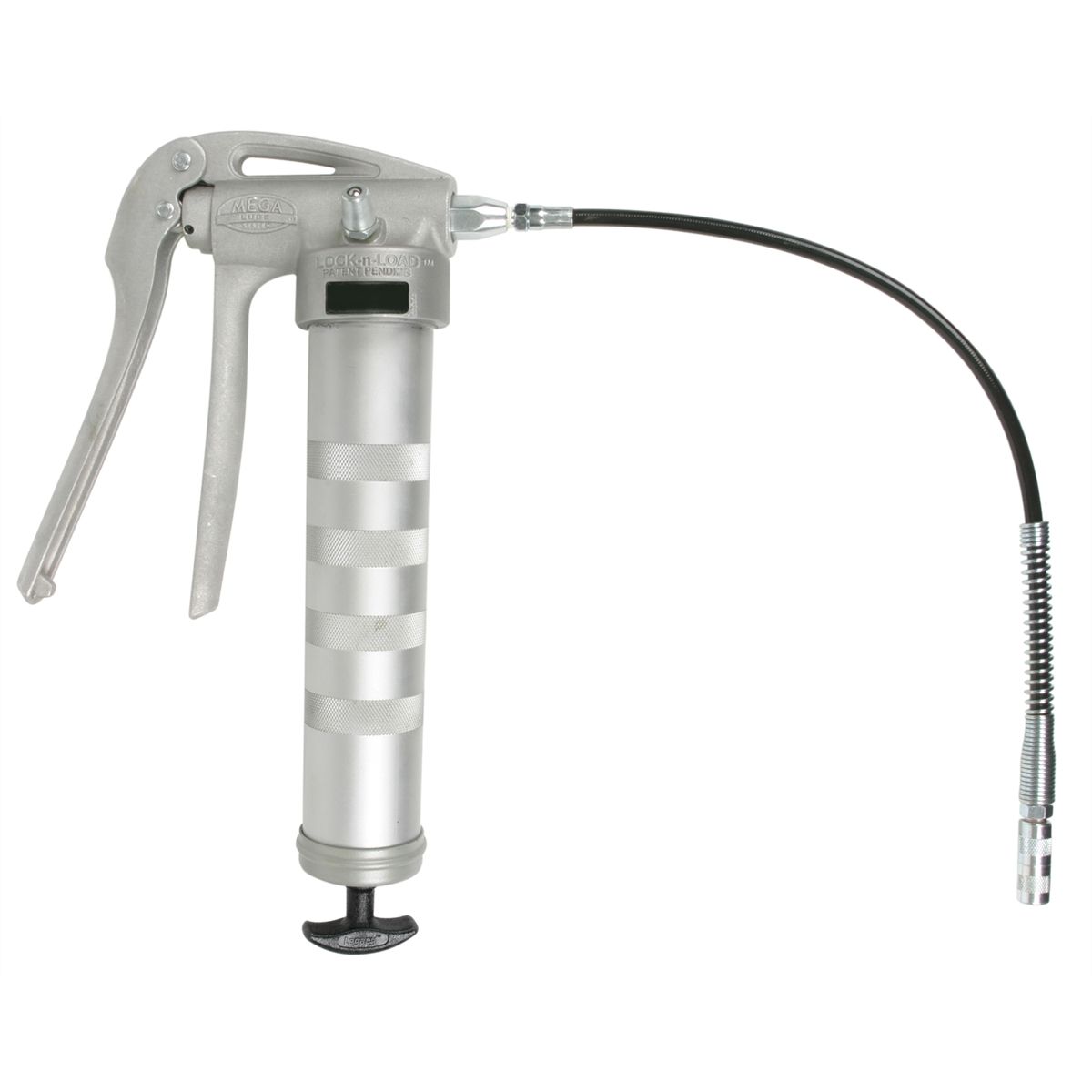

The clamp itself is rubberised, with an 85mm-long set of jaws operated by a stubby cam lever that also spins to adjust the clamping distance. The lever itself flips over, so no matter which hand you're using or the direction you reach through the bike to get at it, you can always get leverage. The teeth are engaged by a lever at the rear – a 180-degree twist and the clamp springs out just enough to let the teeth disengage, so you can spin the bike to the desired orientation and twist the lever back 180. Unlike pretty much every other clamp design that relies on friction, the teeth on the head and clamp intermesh to lock the rotation in a shark's-tooth-like grip – there is simply no way a bike is rotating once the head is in place. The party trick of the X-Tools stand is the teeth that lock the clamp head rotation. That's not overly tall, and if you are towards the Skylab end of the home mechanic height spectrum you might find bending over for prolonged fettling to be a pain in the lower back. The clamp centre height is 1.5m at its tallest, meaning a large-ish frame clamped at the bottom of the seatpost will sit with the rear mech about 1m off the ground, level with the shifters for ease of actuation as you pedal. The head is fixed to the upper telescoping pole, which is keyed into the lower pole so it cannot rotate, aiding solidity and removing a possible cause of play. Unfolding takes less than 10 seconds, with three quick release clamps to tighten and it's ready to go. It will stand in a corner no problem, with a wall to lean on. Find your nearest dealer here Buy this online hereįolded up, the stand is pretty compact – a metre tall, and 25cm across at its widest – easily slingable into even a small car boot. Everything feels solid and the 4.4kg weight is spot on - enough heft to feel up to the job while not being too heavy to cart about.

Put the weights on an accurate, calibrated scale and write the actual readings on the weights for future reference, then keep the weights clean, safe and dry.The X-Tools Home Mechanic Prep Stand does more or less what it says on the tin, and at a tidy price for the budget-conscious home user.įirst impressions are good - the legs and poles are made from a goldy-brownish alloy, and look quite pro, as do the black resin and alloy fittings. To check the scale, be sure to use weights in the range around where you're fishing. For a fisherman, it may involve mailing the scale back to the manufacturer for recalibration. In a lab, we call a guy out to recalibrate them. Most scales that I've seen (including multi-thousand $ laboratory scales) will change over time, epecially when subjected to extremes in temperature and humidity. Whatever scale you get, be sure to check it periodically (including when brand new) against known weights. These scales generally go for $20 and up, with some fancier ones costing more, like the Boga-style digital scale from Berkley for $60. I believe all of them weigh to the nearest ounce. Others have good luck with Rapala or Berkley digital scales. Lots of folks get the Xtools Grip-N-Weigh for $60, which has a gripper instead of a hook and therefore doesn't require putting a hole in the fish. I did a lot of research on different scales a while back. Putting a 0.01 lb resolution on a scale that can't accurately weigh any closer than 1 ounce doesn't make sense either. It looks good, but the car will never pass 120 mph. It's like putting a 250 mph speedometer on a 1st gen Mazda Miata. The thing about scales is that higher accuracy generally costs more money, so it's pointless for inexpensive scales to have a 0.01 lb resolution (equivalent to 0.16 oz or 4.5 grams) when they can't weigh that accurately.


 0 kommentar(er)
0 kommentar(er)
